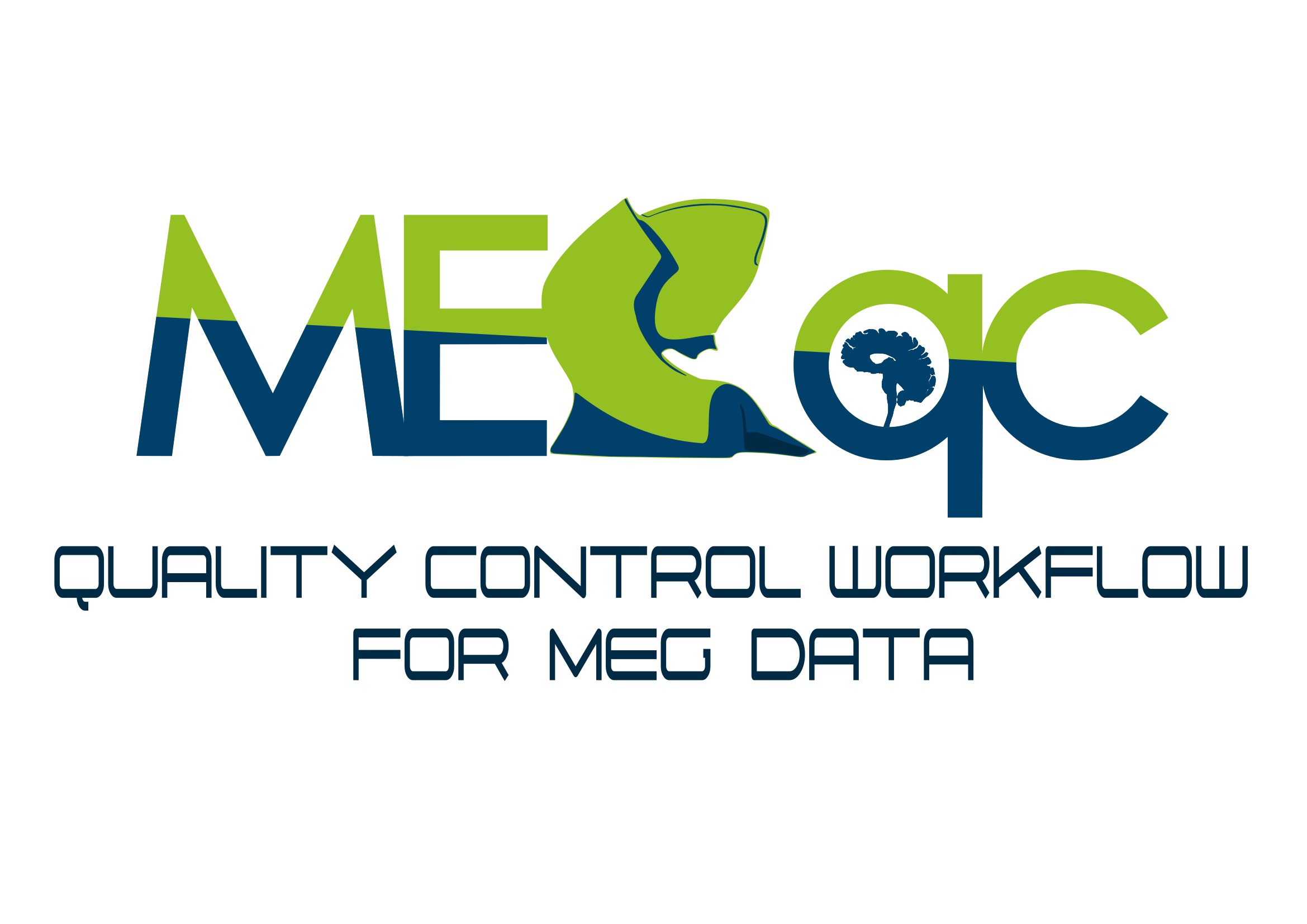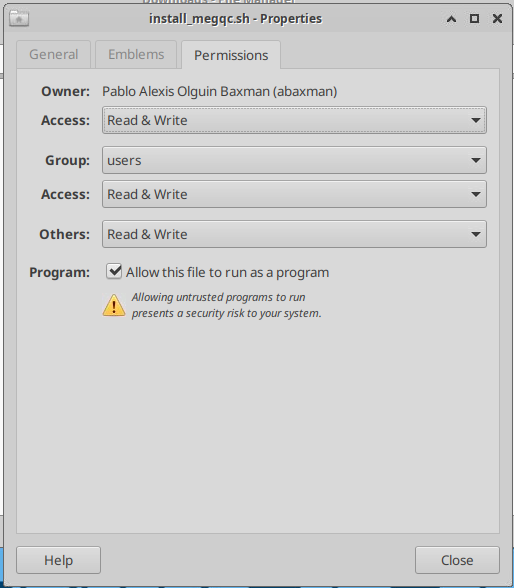GUI Installation Guide#
1. Download the installer#
Download and extract the ZIP file.
Inside you can find a Shell Script (for Linux systems) and a Windows Batch File (for Windows systems) to install MEGqc.
Allow script execution (for Linux users)#
If you’re working in Linux, you’ll need first to allow the .sh script execution. This can be done in two different ways:
Right click and select “Open terminal here” or open a terminal and use:
cd /path/to/your/installer
Allow “execute” option in XFCE systems
xfconf-query --channel thunar --property /misc-exec-shell-scripts-by-default --create --type bool --set true
Give execute permissions to the installer
chmod +x install_megqc.sh
2. Run the installer#
Now you can double-click the installer file. A terminal will open showing the installation process. The installer will then create its own virtual environment and handle all the depedencies.
(MEGqc is compatible with Python versions 3.8 to 3.12, but if you don’t have any valid Python version, the installer will install Python 3.10)
You may also run the installer from the terminal, such as:
path/to/your/installer/install_megqc.sh
Now your installation is complete! 🎉#
On your Desktop you will see two terminal launchers:
MEGqc— will launch the GUI.Uninstall MEGqc— will remove MEGqc from your system, including its environment and related files.

Next section#
In the next section you’ll learn how to use the GUI to run MEGqc.

